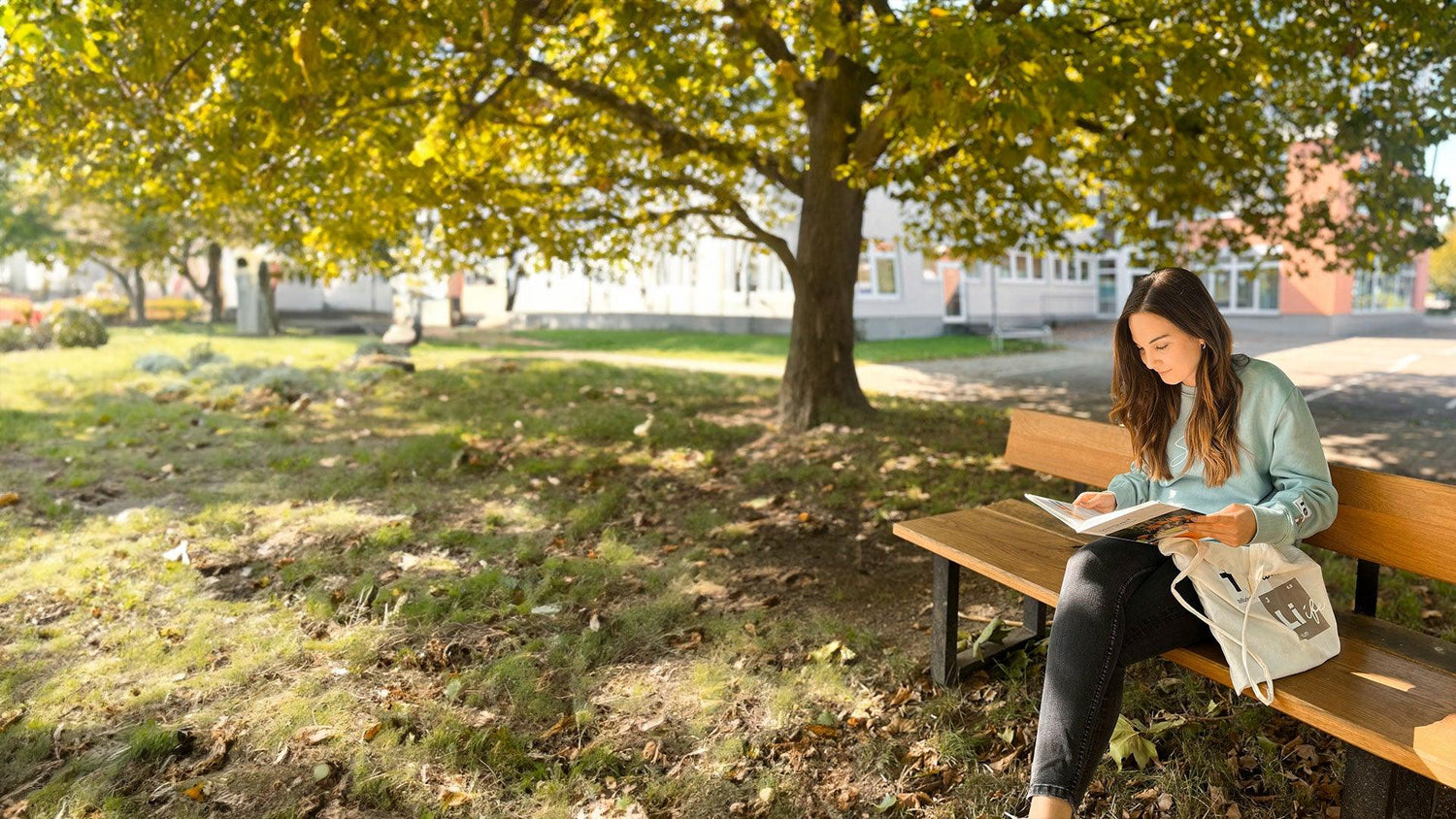Creating discipline as a teacher: Tips for effective classroom management
As a teacher, you have an enormous responsibility, not only in imparting knowledge, but also in creating an optimal learning environment. Discipline is a crucial factor here. In this article we will give you practical tips on how you as a teacher can establish positive and effective discipline in your class to create an ideal learning environment.
The key to effective discipline
Build strong relationships
One of the most important foundations for creating discipline in the classroom is building strong relationships with students. Take time to get to know your students, understand their interests, and address their concerns. Show genuine interest in their learning progress and encourage them to ask questions.
Tip: Remember that trust is the foundation of every strong relationship.
Set clear expectations
Having clear expectations is crucial to creating a positive classroom atmosphere. Talk early about the rules and expectations you have in the class. Be specific and leave room for questions from the students.
Tip: Use visual aids such as posters or whiteboard sketches to clarify expectations.
Involvement of students
Give students an active role in the learning process. Encourage them to ask questions, share their opinions and include them in group work. This way students feel heard and valued.
Tip: Provide regular feedback to improve the learning process.
Consequences and rewards
It is important to set clear consequences for breaking the rules. At the same time, rewards for positive behavior should also be established. This creates incentives for students to follow the rules.
Tip: Keep the consequences fair and predictable.
Dealing with conflicts
Conflicts are inevitable, but how you deal with them makes the difference. Learn to resolve conflicts in a respectful and constructive way. Listen carefully and look for solutions together.
Tip: Show students how to communicate constructively.
Creativity and variety
Add variety to your lessons. Creative methods and interesting activities keep students engaged and motivated. Use different teaching materials to make learning exciting.
Tip: Experiment with new teaching techniques to capture students' attention.
Constant communication
Maintain communication with parents. Inform them about their children's learning progress and discuss possible challenges. A strong parent-teacher partnership supports discipline in the classroom.
Tip: Use regular parents’ evenings and reports to stay in touch.
Positive reinforcement
Praise students for their efforts and successes. Positive reinforcement strengthens self-confidence and promotes a healthy classroom atmosphere.
Tip: Make sure to make praise specific and authentic.
self reflection
Regularly reflect on your own teaching style. Think about what worked well and where there is room for improvement. Openness to change is a sign of professional development.
Tip: Look for further training opportunities and exchange ideas with colleagues.
conclusion
Creating discipline in the classroom is a continuous process that requires commitment and patience. By building strong relationships, clear expectations, and engaging students, you can create an ideal learning environment. Remember that each class is unique and it is important to adapt to individual needs.












